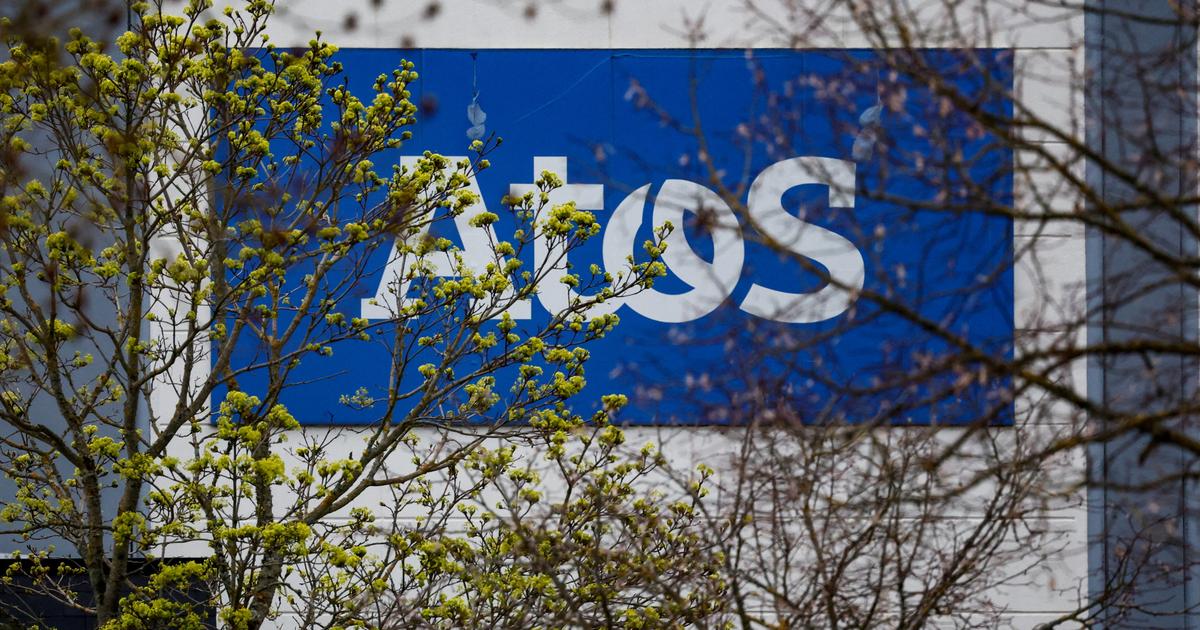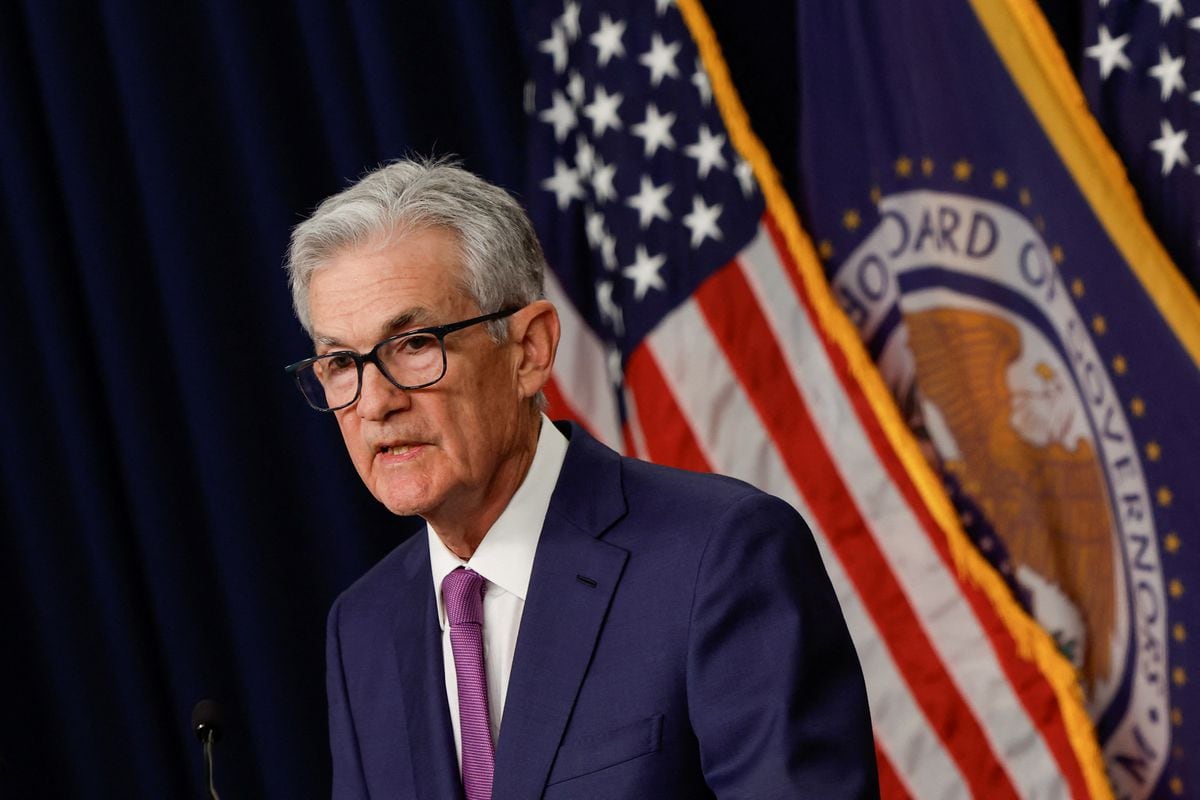Two Peruvian girls studying in front of television during the pandemic. © Victor Idrogo / Iconica (© Victor Idrogo)
Four of the five children of María Liz Ramírez are students in a pandemic. With no computers, Wi-
Fi
connection
, or tablets at home, everyone relies on their parents' cell phones to access assignments sent by teachers. "We receive files of many pages by WhatsApp that we send to print in a place close to home," says Ramírez. “When I go to work, my husband takes the completed assignments to the teachers or sometimes they come to pick up. We take turns, although we know we can catch it. "
Like Ramírez's children in J. Augusto Saldívar, a community in Paraguay, millions of students in Latin America have found themselves in unprecedented situations to be able to continue their education in times of pandemic. Globally, an estimated 1.6 billion had to completely shut it down at the worst moment of covid-19.
Although the majority of children in the region participate in some type of educational activity, the levels of participation and quality vary considerably between countries, from 64% in Guatemala to 97% in Chile. This suggests that there have been serious learning losses and increased dropout rates, which will affect the accumulation of human capital. The lowest levels of participation are observed in Guatemala, Guyana, and Belize, where only two-thirds of school-age children participate in some type of activity.
According to a new report from the World Bank, UNESCO and UNICEF, the current generation of students globally is at risk of losing $ 17 trillion, in current value, of their total lifetime earnings. That is equivalent to about 14% of the current global Gross Domestic Product, as a result of the closure of schools linked to the pandemic. This figure is even more worrisome than the 2020 estimates of US $ 10 trillion.
The analysis shows that, in some countries, average learning losses are proportional to the duration of school closings.
While almost every country in the world offered distance learning opportunities, the quality and scope varied greatly and were, at best, partial substitutes for face-to-face classes.
In other words, the reopening of schools must be an urgent and first-order priority.
Learn at home
“Many times my oldest daughter, 15 years old, doesn't understand her homework and I don't know how to help her,” says Ramírez, who can't pay for virtual reinforcement classes either.
In this sense, there is great heterogeneity in terms of significant learning losses between countries, students' socioeconomic status, gender, and grade.
According to the study, estimated learning losses were higher in math than in reading, disproportionately affecting younger students, those from low-income households, and girls.
In some cases, students learned only 28% of what they would have learned in face-to-face classes, and the risk of dropping out more than tripled.
With a few exceptions, general trends in global data suggest that the crisis has exacerbated educational inequalities that existed long before the pandemic.
Children from low-income households, boys with disabilities, and girls had fewer opportunities to access distance learning than their peers.
This was generally due to a lack of access to technologies and a lack of electricity, connectivity and devices, as well as discrimination and gender norms.
Younger students had less access to distance learning and were more affected by learning loss than older students, especially among preschool-aged children in critical stages of learning and development.
The school as insurance for the future
Beyond the economic losses that school closings mean for this generation, the impact on their future is much more profound.
Data from the study indicate worse consequences for girls, as they are rapidly losing the protection that schools and learning offer to their well-being and life chances.
In the same way, the health and safety of the children was threatened, due to the increase in domestic violence and child labor.
More than 370 million children globally stopped receiving their school meals while the closures lasted, losing what for some was the only reliable source of food and daily nutrition.
That said, the report emphasizes that, to date, the stimulus packages that governments have allocated to education represent less than 3%.
More funding will be needed for immediate learning recovery to be effective.
To build more resilient education systems in the long term, countries must:
Invest to enhance digital learning opportunities for all students.
Reinforce the role of parents, families and communities in children's learning.
Ensure support and access to high-quality professional development opportunities for teachers.
Increase the budget for education at the national level foreseen for the stimulus packages.
“Now that the boys are returning to face-to-face classes, at school they ask us for a cell phone for each child.
I can't afford that.
We need education to be accessible and good for everyone equally, ”says Ramírez.
Like her, millions of mothers and fathers in Latin America anxiously wait for their children to access quality face-to-face education that was pending even before the pandemic.
Cecilia Martínez Gómez
is a communications consultant for the World Bank

/cloudfront-eu-central-1.images.arcpublishing.com/prisa/LU6AQXI7M5CBBEZKBVK2R4OQ5U.jpg)







